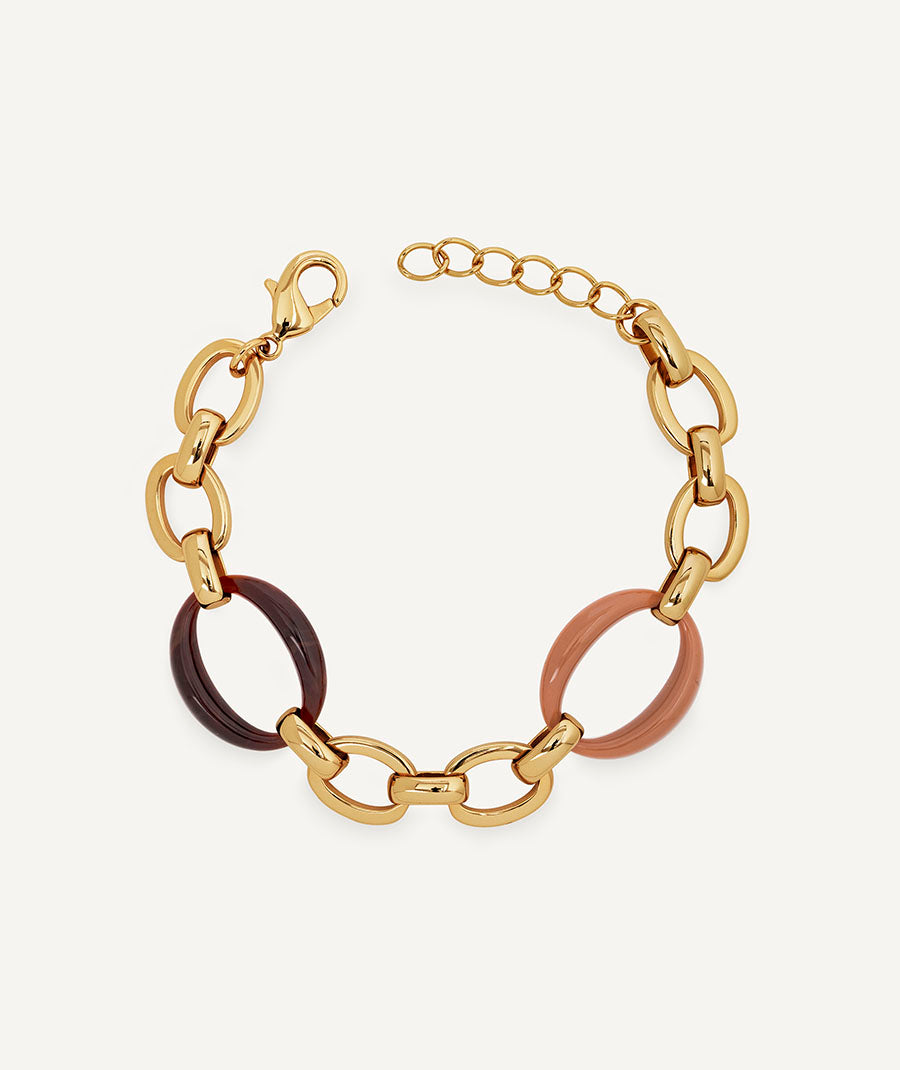At first glance, cubic zirconia and diamonds may look similar. In reality, there are significant differences between these gemstones in both their characteristics and their uses in jewelry, not to mention their value. At VIDAL & VIDAL we analyze them in detail so you can choose the one that best suits your style.
 |
 |
Characteristics of diamonds
Diamonds are natural precious stones highly valued in jewelry due to their near-unmatched properties. Their most notable characteristics are:
- They form inside the earth when carbon crystallizes under specific pressure and temperature conditions. However, there are synthetic diamonds created in laboratories.
- They reflect light with optimal dispersion, which gives them an intense brilliance.
- They have a rating of 10 on the Mohs hardness scale. In other words, they are the hardest known material, resisting the passage of time and scratches exceptionally well.
- As a rule, diamonds are transparent, although they can sometimes have yellowish tones.
- Given their complexity, scarcity, and high demand, they are stones with a very high economic value.
Jewelry with diamonds
Diamonds are synonymous with elegance, exclusivity, and strength. Their hardness—synonymous with eternity—makes them the most requested stone for engagement rings. They are also the usual choice to dazzle on special occasions with drop earrings or classic tennis bracelets, with a symmetrical design composed of diamonds.
Lab-grown diamonds
Lab-grown diamonds, also known as synthetic or cultivated diamonds, are gems created through technological processes that replicate the natural conditions under which they form in the Earth. The two most common methods to produce them are:
- High Pressure High Temperature (HPHT): simulates the extreme high-pressure, high-temperature conditions found deep within the Earth.
- Chemical Vapor Deposition (CVD): a mixture of carbon-containing gases decomposes in a chamber, allowing carbon to deposit on a seed and form diamond layers.
Advantages of lab-grown diamonds
Synthetic diamonds offer multiple advantages over natural stones. Among them:
- Ethics and sustainability: lab-grown diamonds are not associated with ethical issues such as child labor, inhumane working conditions, or the financing of armed conflicts, unlike some natural diamonds known as “blood diamonds.” In addition, cultivated diamond production has a lower environmental impact.
- Quality and purity: synthetic diamonds can be high quality and, in many cases, purer than natural ones. The production processes allow precise control of conditions, which can result in fewer inclusions and superior quality.
- Cost: lab-grown diamonds are usually more affordable than natural ones—typically between 20% and 40% less.
- Traceability: the origin of synthetic diamonds is clear and fully traceable, ensuring they are not associated with unethical practices.
- Innovation and technology: producing lab-grown diamonds is an example of technological innovation in materials, enabling advances and applications across industries, including electronics and medicine.
Comparison between synthetic and natural diamonds
Before deciding on a natural or a lab-grown diamond, it’s worth comparing their characteristics:
- Composition: both types of diamonds have the same chemical composition (pure carbon) and crystal structure. Lab-grown diamonds are just as real as natural ones in terms of physical and chemical properties.
- Variety: natural diamonds may have a greater diversity of colors and unique characteristics due to impurities and the specific conditions in which they formed. Synthetic diamonds, although they can also be colored, are generally produced in standard colors such as white and yellow.
Characteristics of cubic zirconia
Cubic zirconia (CZ) are synthetic stones that aim to be a more economical alternative to diamonds. Some of their characteristics are:
- They are artificial in origin, manufactured in the laboratory using a high-temperature fusion process from synthesized zirconium oxide (ZrO2).
- They have a high refractive index, which means a strong ability to reflect light.
- They feature hardness above 8 on the Mohs scale, making them very resistant.
- Since they are not natural stones, they come at a more affordable price.
Jewelry with cubic zirconia
Jewelry pieces with cubic zirconia are the right choice to ensure elegance and brilliance without requiring too large an investment. The most in-demand are engagement rings, thanks to their dazzling look, and small earrings, ideal for elevating everyday outfits.
 |
 |
Cubic zirconia vs diamonds
In short, the most notable differences between cubic zirconia and diamonds are:
- Although both are very durable, diamonds withstand wear much better.
- With greater dispersion, cubic zirconia display a livelier rainbow spark.
- Diamonds appreciate in value over time. Cubic zirconia, however, maintain their value without losing it over the years.
- The price of cubic zirconia is lower than that of natural diamonds, making them accessible to more people.
Regardless of the differences between diamonds and cubic zirconia, jewelry featuring these stones offers brilliance and elegance both for everyday wear and on special occasions.




